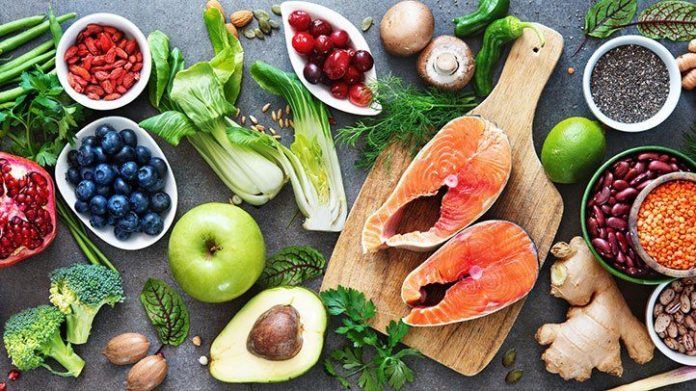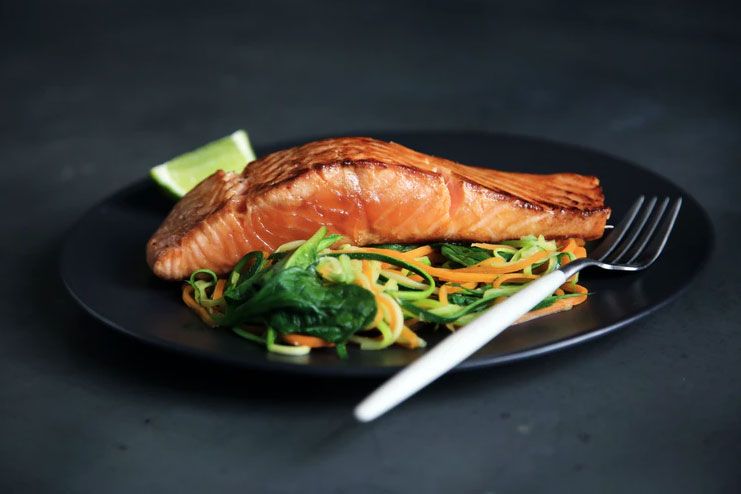Affiliate Disclaimer
Some links in this article are affiliate links. We may earn a small commission if you make a purchase through these links, at no extra cost to you. We only recommend products we find useful to our readersFatty liver is a serious medical condition when fats (triglycerides) accumulate over time on the liver. Liver is a very important organ in our body; it detoxifies various metabolites, synthesizes proteins and produces biochemicals necessary for digestion and growth. Fat builds up in the liver of the people who eat excess calories. When the liver cannot process and break down fats as it normally should, too much fat accumulates and it becomes important to consume foods for the liver in our diet plan.
Fatty liver occurs because of consuming alcohol, smoking, sedentary life and also there is reversibility possible in those who consume a lot of alcohol in a short-period of time. It is not only important to avoid having fatty liver but also important that we take care of ourselves and others who have fatty liver. It is possible to avoid fatty liver by changing diet and lifestyle- like following a fatty liver diet plan.
How to treat Fatty liver with food?
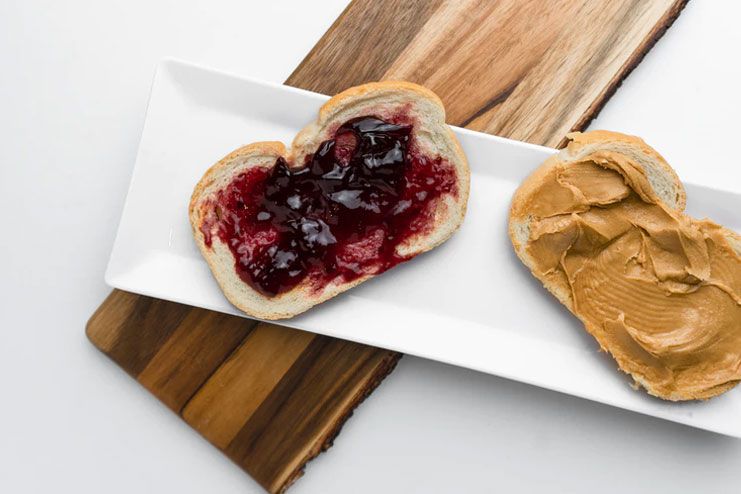 We will help you make a fatty liver diet plan so that you can avoid and also get rid of fatty liver. Here are some of the healthy liver foods that will become foods good for liver repair. We also have a diet for fatty liver reversal. Follow the fatty liver diet chart to know the top healthy liver foods.
We will help you make a fatty liver diet plan so that you can avoid and also get rid of fatty liver. Here are some of the healthy liver foods that will become foods good for liver repair. We also have a diet for fatty liver reversal. Follow the fatty liver diet chart to know the top healthy liver foods.
Ways to get rid of fatty liver are to lose excess weight – safely. Lose no more than half to one kilogram (one to two pounds) a week. One can lower their triglycerides through diet, medication or both, avoid alcohol, control your diabetes, if you have it, eat a balanced, healthy diet, increase your physical activity and get regular check-ups done.
There are two types of fatty liver diseases,
- Alcoholic Liver Disease (ALD)
- Non-Alcoholic Fatty Liver Disease (NAFLD).
The prevalence of NAFLD globally is 25.24% and alcohol is one of the commonest causes of end-stage liver disease with 50% of cirrhosis related mortality being attributed directly or indirectly to alcohol. The World Health Organisation (WHO) envisions a reduction in mortality from ALD cirrhosis to less than 3.2 per 100,000 population by the year 2020. Survival rate of fatty liver disease is 75 percent. In the 21st century fatty liver has increased according to WHO.
Foods That Protect Your Liver
Having a balanced healthy diet is most important if you are trying to get rid of fatty liver and some physical activity too. At least 150 minutes of weekly physical activity is advised by National Institutes of Health (NHS). Below are the best foods for fatty liver repair to include in your diet. We will tell you how these food will help you through new top liver foods journey in your fatty liver diet plan. This diet plan is based on According to EASL-EASD-EASO Clinical Practice Guidelines.
1. Fish and seafood:
Poly-unsaturated fatty acid (PUFAs) can help cut down lipid accumulation in the liver. Salmon, sardines, tuna, and trout are all high in omega-3 fatty acids and are great sources to cut down your fatty liver. For vegetarians, soy and broccoli are great options. These are long chain PUFAs and include the precursor α-linoleic acid (ALA) and its metabolites eicosapentaenoic acid (EPA) and docosahexaenoic acid (DHA) and can help bring down the inflammation.
Per day consumption: A 15-18 month course is advised.
2. Fruits:
Fatty liver can also lead to Type-2 Diabetes and Obesity. Fruits are polyphenols are antioxidant producing flavonoids and non-flavonoids that display beneficial effects on metabolic homeostasis and exert anti-inflammatory and anti-fibrotic effects in in vitro and in vivo NAFLD models.
Per day consumption: Brunch or dinner and lunch salads.
3. Whole grains:
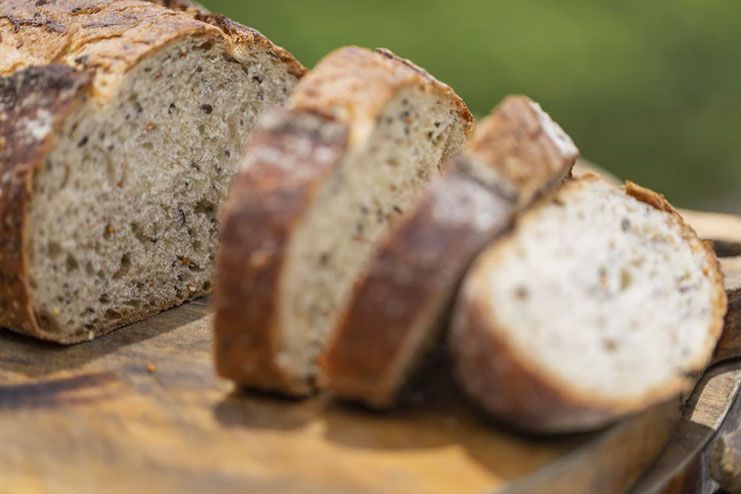 Wheat, rye and quinoa are whole wheat grains. They have cereals phenolic acids are mainly bound to fiber cellulose and thus it is possible that even if they are not significantly absorbed and delivered to the liver, they may play some role in modulating gut microbiota in your body.
Wheat, rye and quinoa are whole wheat grains. They have cereals phenolic acids are mainly bound to fiber cellulose and thus it is possible that even if they are not significantly absorbed and delivered to the liver, they may play some role in modulating gut microbiota in your body.
Per day consumption: Staple diet
4. Nuts
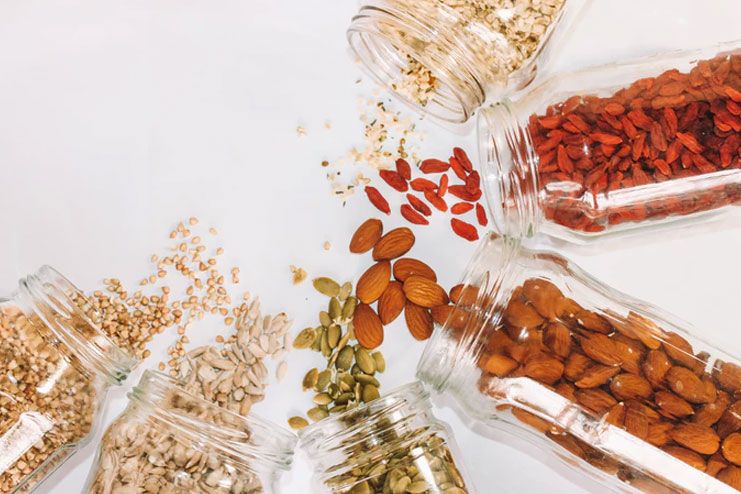 While Nuts also have phenolic acid, although cashew nut has not shown in significant effect. These almonds, walnuts, pecans and brazil nuts are very good for reducing lipid accumulation on the liver. Nuts are specialty of a Mediterranean diet.
While Nuts also have phenolic acid, although cashew nut has not shown in significant effect. These almonds, walnuts, pecans and brazil nuts are very good for reducing lipid accumulation on the liver. Nuts are specialty of a Mediterranean diet.
Per day consumption: Snack time, salads, dinner or lunch.
5. Olive Oil:
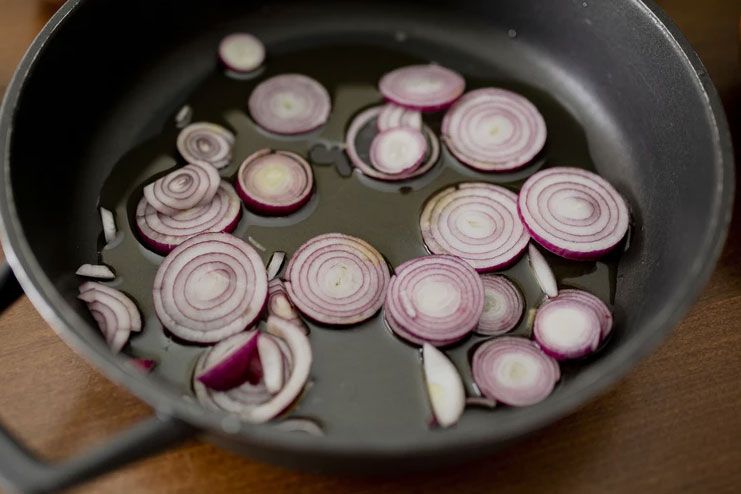 According to the International conference on olive oil and health consensus report and European Prospective Investigation into Cancer and Nutrition (EPIC) olive oil are polyphenols with a minor component in Extra Virgin Olive Oil (EVOO), but they have clear metabolic and anti-inflammatory advantages demonstrated in RCTs. They are a chain of monounsaturated fatty acids (MUFA) and should be consumed without heating.
According to the International conference on olive oil and health consensus report and European Prospective Investigation into Cancer and Nutrition (EPIC) olive oil are polyphenols with a minor component in Extra Virgin Olive Oil (EVOO), but they have clear metabolic and anti-inflammatory advantages demonstrated in RCTs. They are a chain of monounsaturated fatty acids (MUFA) and should be consumed without heating.
Per day consumption: Staple diet
6. Vegetables:
 It is important to have 3-9 serves of vegetables daily. Carrots, pumpkin, leafy greens, beetroot, cauliflower, green onions and celery should be eaten to reduce fatty liver disease. Every meal should be eaten with a focus on portion size. National Institutes of Health advises to avoid foods and drinks that contain large amounts of simple sugars, especially fructose. Also, fructose is found in sweetened soft drinks, sports drinks, sweetened tea, and juices.
It is important to have 3-9 serves of vegetables daily. Carrots, pumpkin, leafy greens, beetroot, cauliflower, green onions and celery should be eaten to reduce fatty liver disease. Every meal should be eaten with a focus on portion size. National Institutes of Health advises to avoid foods and drinks that contain large amounts of simple sugars, especially fructose. Also, fructose is found in sweetened soft drinks, sports drinks, sweetened tea, and juices.
Per day consumption: Staple diet
Read: 10 Foster Health reasons To Go vegetarian – Everything You Must Know!
7. Avocados:
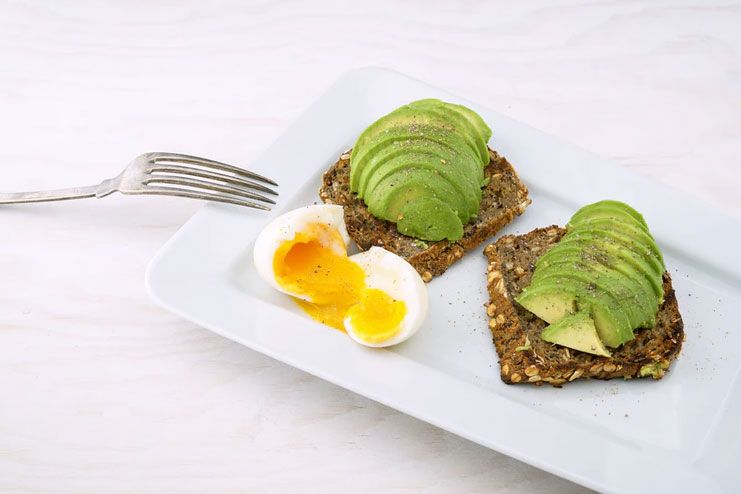 Liver zinc increased gradually with increasing the levels of avocado and zinc chloride in the diets. Avocado fruit pulps can be had with breads. Avocados are high in healthy fats. Research shows that they contain chemicals that might slow liver damage. They are also rich in fiber and can help with maintaining your weight.
Liver zinc increased gradually with increasing the levels of avocado and zinc chloride in the diets. Avocado fruit pulps can be had with breads. Avocados are high in healthy fats. Research shows that they contain chemicals that might slow liver damage. They are also rich in fiber and can help with maintaining your weight.
Per day consumption: Once a day.
8. Legumes:
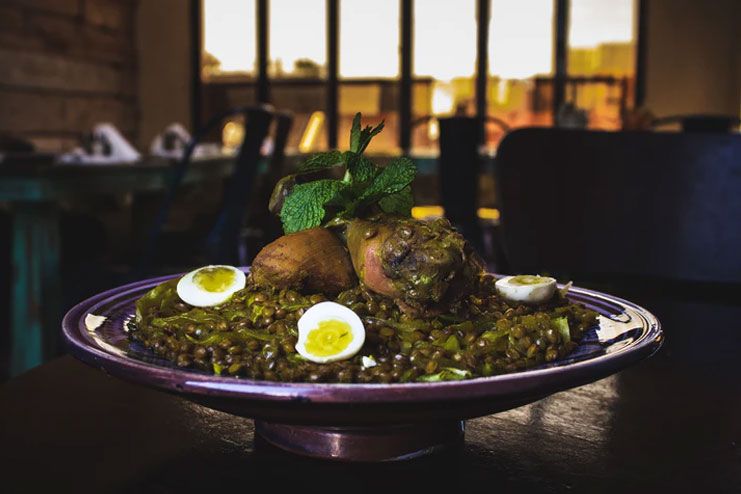 Legumes have high protein, fiber, and phytate content. Kidney beans and navy beans are great to get rid of waste quickly from the body. Beans are also cheap and easy to add to many meals, including soups, tacos, wraps, and chili.
Legumes have high protein, fiber, and phytate content. Kidney beans and navy beans are great to get rid of waste quickly from the body. Beans are also cheap and easy to add to many meals, including soups, tacos, wraps, and chili.
Per day consumption: Lunch or dinner.
9. Coffee:
 Coffee consumption is protective towards several diseases including liver fibrosis, cirrhosis, chronic liver disease and liver cancer. Scientific data demonstrates that whole coffee is more effective than separated fractions to protect the liver from high-fat diet, fat accumulation, systemic liver oxidative stress and inflammation. Increase in caffeinated and decaffeinated coffee consumption can reduce the risk of hepatocellular carcinoma by 27 and 14 %, respectively in those who suffer from liver problems. Amongst coffee components, particular attention has been devoted to polyphenols and melanoidins.
Coffee consumption is protective towards several diseases including liver fibrosis, cirrhosis, chronic liver disease and liver cancer. Scientific data demonstrates that whole coffee is more effective than separated fractions to protect the liver from high-fat diet, fat accumulation, systemic liver oxidative stress and inflammation. Increase in caffeinated and decaffeinated coffee consumption can reduce the risk of hepatocellular carcinoma by 27 and 14 %, respectively in those who suffer from liver problems. Amongst coffee components, particular attention has been devoted to polyphenols and melanoidins.
Per day consumption: Two-three by two cups per day.
10. Green Tea:
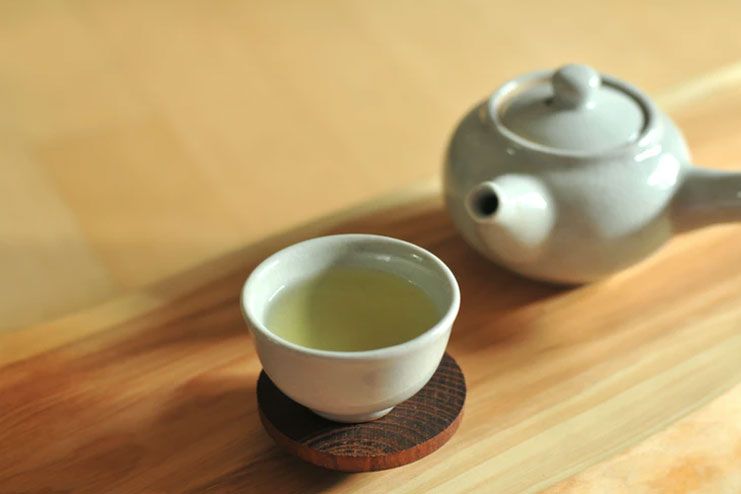 The combination of green tea extract and exercise reduced the severity of obesity-related fatty liver disease by 75%. Green tea is rich in antioxidants that will not only help your body increase the production of detoxification properties . Whilst boosting your immune system, it will protect your liver from the damaging effects of toxic substances such as alcohol. Green tea has hypolipidemic, thermogenic, antioxidant, and anti-inflammatory properties and it mitigates the occurrence and progression of NAFLD.
The combination of green tea extract and exercise reduced the severity of obesity-related fatty liver disease by 75%. Green tea is rich in antioxidants that will not only help your body increase the production of detoxification properties . Whilst boosting your immune system, it will protect your liver from the damaging effects of toxic substances such as alcohol. Green tea has hypolipidemic, thermogenic, antioxidant, and anti-inflammatory properties and it mitigates the occurrence and progression of NAFLD.
Per day consumption: Five cups of green tea is safe
11. Lemon water:
 Do not buy lemonade from the store. Make lemon water at home without added sugar. Drinking lemon water in the morning will help cleanse your liver. Lemon juice contains chemicals which makes the liver flush out all its toxins. The citrus flavonoids in lemon protects the liver reduces fat in the liver, protecting against fatty liver disease. Lemon juice will stimulate the liver to flush out all its toxins. Hot lemon water is also good early morning.
Do not buy lemonade from the store. Make lemon water at home without added sugar. Drinking lemon water in the morning will help cleanse your liver. Lemon juice contains chemicals which makes the liver flush out all its toxins. The citrus flavonoids in lemon protects the liver reduces fat in the liver, protecting against fatty liver disease. Lemon juice will stimulate the liver to flush out all its toxins. Hot lemon water is also good early morning.
Per day consumption: One lemon into water and drink 2 to 3 times a day.
12. Oatmeal:
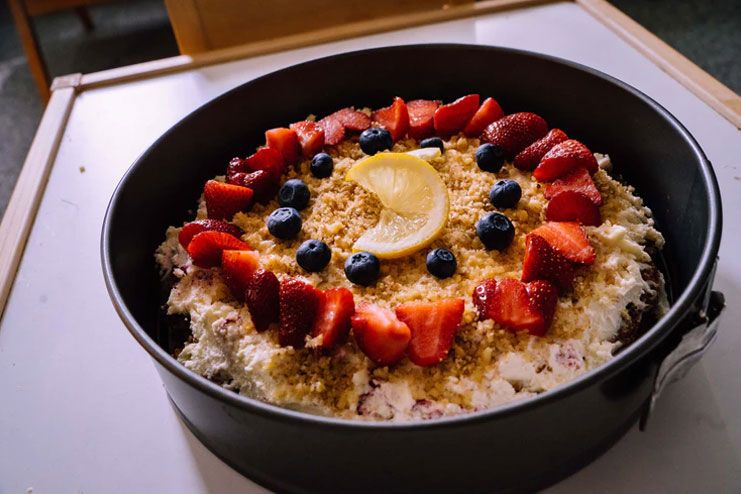 Foods with a lot of fiber can help your liver work at its best and oatmeal is one of those. Research shows it helps you shed some extra pounds of belly fat, which is a good way to keep away liver diseases. Fatty liver diet should have whole oats or steel-cut oats, rather than pre packaged oatmeal. Fillers such as flour or sugars are not beneficial for the body. Oatmeals contain carbohydrates from whole grains that give your body energy. Oatmeal fiber content also fills you up so you can maintain your weight.
Foods with a lot of fiber can help your liver work at its best and oatmeal is one of those. Research shows it helps you shed some extra pounds of belly fat, which is a good way to keep away liver diseases. Fatty liver diet should have whole oats or steel-cut oats, rather than pre packaged oatmeal. Fillers such as flour or sugars are not beneficial for the body. Oatmeals contain carbohydrates from whole grains that give your body energy. Oatmeal fiber content also fills you up so you can maintain your weight.
Per day consumption: Once a day
13. Garlic:
 Garlic powder supplements appear to help reduce body weight and fat in those with fatty liver disease. A mineral called selenium present in it can cleanse the liver. It triggers liver enzymes, and naturally flushes out the toxins. Garlic has anti-inflammatory properties too.
Garlic powder supplements appear to help reduce body weight and fat in those with fatty liver disease. A mineral called selenium present in it can cleanse the liver. It triggers liver enzymes, and naturally flushes out the toxins. Garlic has anti-inflammatory properties too.
Per day consumption: Staple diet
14. Tofu:
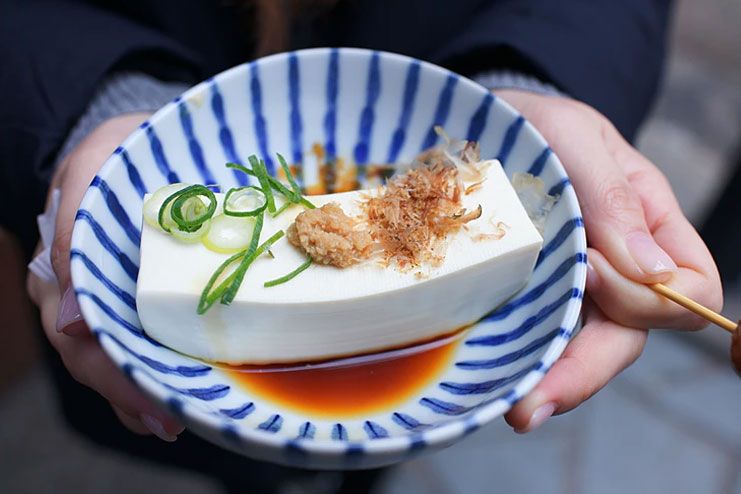 Tofu is eaten to reduce fat buildup. It is a soy byproduct. A University of Illinois study on rats has found that foods like tofu are low in fat and high in protein. Soy protein present in it could significantly reduce fat accumulation and triglycerides in the livers of obese patients by partially restoring the function of a key signaling pathway in the organ.
Tofu is eaten to reduce fat buildup. It is a soy byproduct. A University of Illinois study on rats has found that foods like tofu are low in fat and high in protein. Soy protein present in it could significantly reduce fat accumulation and triglycerides in the livers of obese patients by partially restoring the function of a key signaling pathway in the organ.
Per day consumption: Try replacing your regular serving of meat or chicken with tofu from time to time – your liver will thank you later.
15. Herbs:
 Some herbs have shown to be bad for fatty liver disease. Recent research shows tha compounds like turmeric, milk thistle, resveratrol, silymarine, ginseg, licorice, ginko biloba, have antioxidants, anti-inflammotory, anti-viral and liver-protective effects. These also help with weight loss in general.
Some herbs have shown to be bad for fatty liver disease. Recent research shows tha compounds like turmeric, milk thistle, resveratrol, silymarine, ginseg, licorice, ginko biloba, have antioxidants, anti-inflammotory, anti-viral and liver-protective effects. These also help with weight loss in general.
Per day consumption: staple diet
Read: 5 Foods that Will Naturally Cleanse your Liver
Foods to avoid to reduce liver fat
Once you have fatty liver or are aware of the disease you might want to reduce in the intake of the following in your fatty liver diet. Eating out is not is good for you.
1. Sugar:
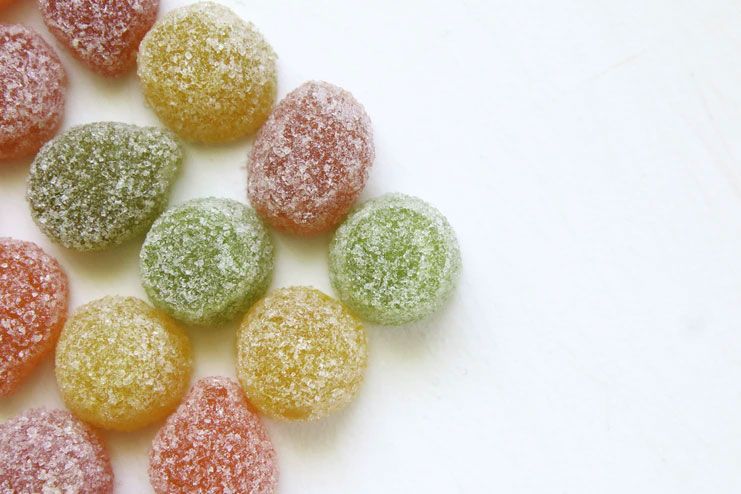 Simple sugar can speed up the process where your liver turns food into fat. Avoid candy, regular soda, corn syrup, pastries, and candy etc which have added sugars as these have high-fructose content. Choose naturally sweet things, like fruits, instead. It’s one more reason to limit foods with added sugars, such as soda. Researchers have found that stevia extract, a noncaloric sweetener 200 times sweeter than sugar, is available to reduce fatty liver disease.
Simple sugar can speed up the process where your liver turns food into fat. Avoid candy, regular soda, corn syrup, pastries, and candy etc which have added sugars as these have high-fructose content. Choose naturally sweet things, like fruits, instead. It’s one more reason to limit foods with added sugars, such as soda. Researchers have found that stevia extract, a noncaloric sweetener 200 times sweeter than sugar, is available to reduce fatty liver disease.
2. Alcohol:
 Alcoholic fatty liver is treatable and can be reversed when an individual stops drinking alcohol and makes certain lifestyle changes. You shouldn’t drink at all if your fatty liver disease is because of heavy drinking. It can lead to even more serious liver damage. If you have NAFLD, it’s fine to have a drink once in a while. Try to have onedrink once a month. One glass of wine a day may not only be safe. After 3-4 weeks of not drinking, your blood pressure should reduce. This is crucial to lessen the risk of health problems occurring in the future.
Alcoholic fatty liver is treatable and can be reversed when an individual stops drinking alcohol and makes certain lifestyle changes. You shouldn’t drink at all if your fatty liver disease is because of heavy drinking. It can lead to even more serious liver damage. If you have NAFLD, it’s fine to have a drink once in a while. Try to have onedrink once a month. One glass of wine a day may not only be safe. After 3-4 weeks of not drinking, your blood pressure should reduce. This is crucial to lessen the risk of health problems occurring in the future.
3. Acetaminophen:
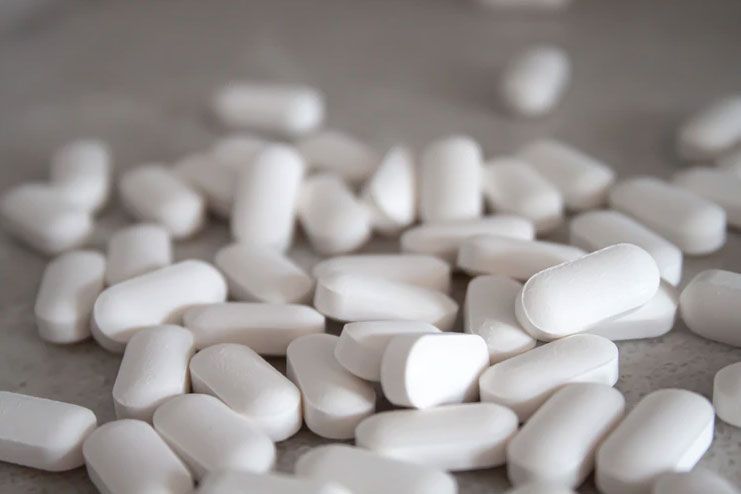 This Acetaminophen (Tylenol) can destroy half of a person’s liver cells in less than a week. Also Acetaminophen is a painkiller given by the hepatologist, and should be consumed only under supervision. In excess amounts, this builds up in the liver and obstructs the pathways the liver uses to dispel toxins, and as with alcohol, the risks can be compounded for someone who also has NAFLD. Acetaminophen gets broken down by the liver and can form byproducts that are toxic to the liver. It is the best option for pain relief for people with liver disease.
This Acetaminophen (Tylenol) can destroy half of a person’s liver cells in less than a week. Also Acetaminophen is a painkiller given by the hepatologist, and should be consumed only under supervision. In excess amounts, this builds up in the liver and obstructs the pathways the liver uses to dispel toxins, and as with alcohol, the risks can be compounded for someone who also has NAFLD. Acetaminophen gets broken down by the liver and can form byproducts that are toxic to the liver. It is the best option for pain relief for people with liver disease.
4. Packaged foods:
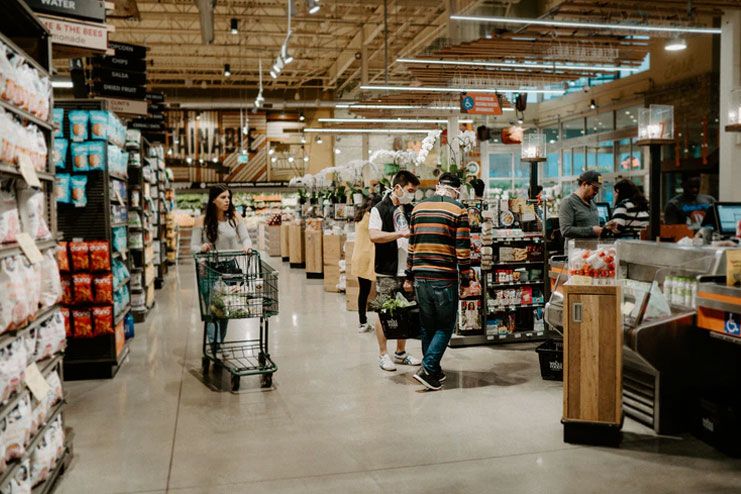 Eating processed foods can lead to consuming more than the recommended amounts of sugar, salt and fat. These foods increase your cholesterol levels and prevent you from reducing your weight and also dehydrates your body. Packaged foods contain harmful ingredients that take are harmful to your health irrespective of your age. Food additives and artificial flavours that are commonly included in packaged foods may also prove to be unhealthy and/or unsafe for human consumption. Bacon, granola bars, flavored nuts, microwave popcorn, dried fruit, fruit snacks, margarine are some packaged foods that are very bad for fatty liver.
Eating processed foods can lead to consuming more than the recommended amounts of sugar, salt and fat. These foods increase your cholesterol levels and prevent you from reducing your weight and also dehydrates your body. Packaged foods contain harmful ingredients that take are harmful to your health irrespective of your age. Food additives and artificial flavours that are commonly included in packaged foods may also prove to be unhealthy and/or unsafe for human consumption. Bacon, granola bars, flavored nuts, microwave popcorn, dried fruit, fruit snacks, margarine are some packaged foods that are very bad for fatty liver.
5. Red Meat:
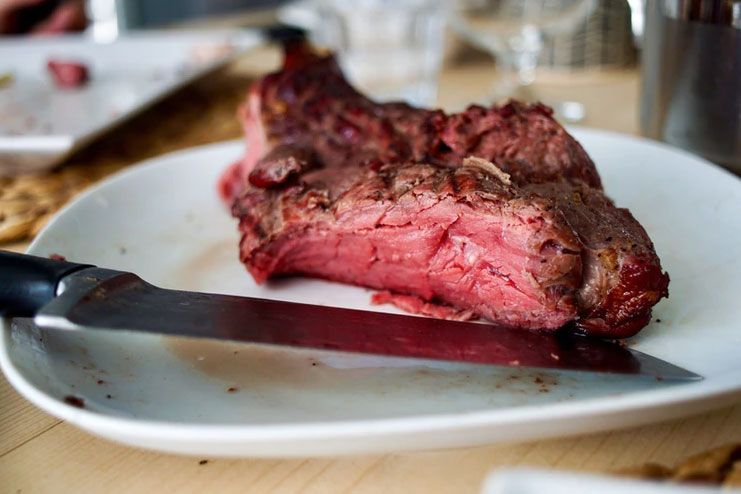 Red meat is a common dietary source in most staple diets. It contains saturated and monounsaturated fatty acids. However, fatty acid deposition from red meat on excess consumption in the liver can lead to nonalcoholic fatty liver disease that may increase the risk of Chronic Liver Disease (CLD) and Hepatocellular carcinoma (HCC).
Red meat is a common dietary source in most staple diets. It contains saturated and monounsaturated fatty acids. However, fatty acid deposition from red meat on excess consumption in the liver can lead to nonalcoholic fatty liver disease that may increase the risk of Chronic Liver Disease (CLD) and Hepatocellular carcinoma (HCC).
Alternatively, red meat contains high amounts of bioavailable heme iron- may caused “iron loading”. Iron loading is when the deposition of iron up-regulates cholesterol biosynthesis pathways and this has been proposed as an additional mechanism of iron-induced liver injury in non-alcoholic steato-hepatitis. Beef, pork, and deli meats are all high in saturated fats and NAFLD and ALD people should avoid. Eat fatty fish like salmon, skinless chicken or turkey and lean pork. People who eat a lot of animal protein are more likely to have excessive fat in their livers.
6. White bread:
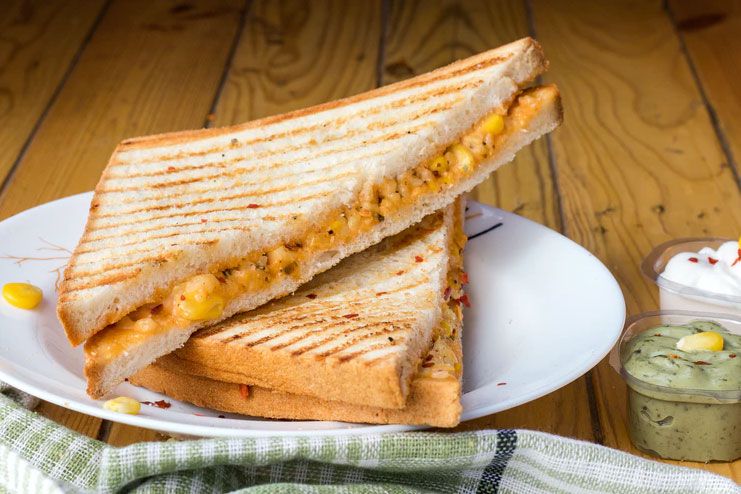 Refined white bread, white pasta, white rice, pastries are bad for fatty liver disease. Complex carbohydrates protect you against fatty liver disease and these include whole-grain breads and brown rice. “A diet high in refined carbohydrates and high-fructose may lead to the development and progression of fatty liver disease,” says Kathleen E. Corey, director of the Massachusetts General Hospital Fatty Liver Clinic.
Refined white bread, white pasta, white rice, pastries are bad for fatty liver disease. Complex carbohydrates protect you against fatty liver disease and these include whole-grain breads and brown rice. “A diet high in refined carbohydrates and high-fructose may lead to the development and progression of fatty liver disease,” says Kathleen E. Corey, director of the Massachusetts General Hospital Fatty Liver Clinic.
7. Fried foods:
 French fries, burgers, pakodas are a poor choice fr snacking to keep your liver healthy. Fried food contain high saturated fat content. Over time it leads to inflammation, which in turn could cause scarring of the liver that’s known as cirrhosis. Fried foods contain acrylamide, calories and trans-fats.
French fries, burgers, pakodas are a poor choice fr snacking to keep your liver healthy. Fried food contain high saturated fat content. Over time it leads to inflammation, which in turn could cause scarring of the liver that’s known as cirrhosis. Fried foods contain acrylamide, calories and trans-fats.
They are also sometimes cooked in unhealthy oils like, canola oil, soybean oil, cottonseed oil, corn oil etc. High amounts of polyunsaturated fats are known to form acrylamide when exposed to high heat. High acrylamide can cause neurological disorders.
8. Salt:
 High salt intake can increase elevated risks of developing NAFLD. The sodium ions from the savory mineral regulates water movement within the body and conducts nerve impulses. Black salt, on the other hand, is a good remedy to help your liver make bile. It improves the body’s fat-soluble vitamin absorption in the small intestine.
High salt intake can increase elevated risks of developing NAFLD. The sodium ions from the savory mineral regulates water movement within the body and conducts nerve impulses. Black salt, on the other hand, is a good remedy to help your liver make bile. It improves the body’s fat-soluble vitamin absorption in the small intestine.
Supplements needed to reduce Fatty liver
As the Supplements are used after there is a failure to modify lifestyle. And these should be taken only under supervision. Research is still happening on most of the supplements mentioned below. But these supplements are prominently used in reducing fatty liver.
1. Silymarin:
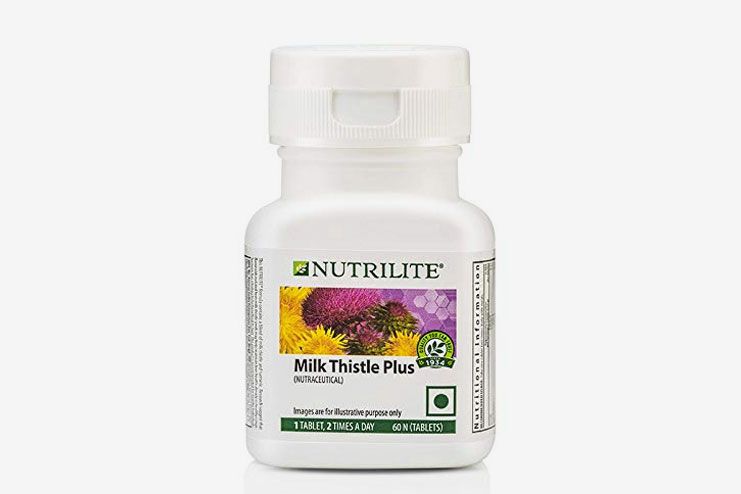
This chemical works in various ways, including by having antioxidant and anti-inflammatory effects. Silymarin acts as a free radical scavenger and modulates enzymes associated with the development of cellular damage, fibrosis and cirrhosis. It has hepatoprotective effects when consumed in right doses.
2. Curcumin:

Curcumin extract, is found in turmeric, is a promising, but not proven, while the role for turmeric is less clear. Liver damage, characterized by poor production of Alanine Aminotransferase (ALT) and Aspartate Aminotransferase (AST) by the liver. It is noted that NAFLD severity is reduced with the use of curcumin.
3. Anthocyanins:
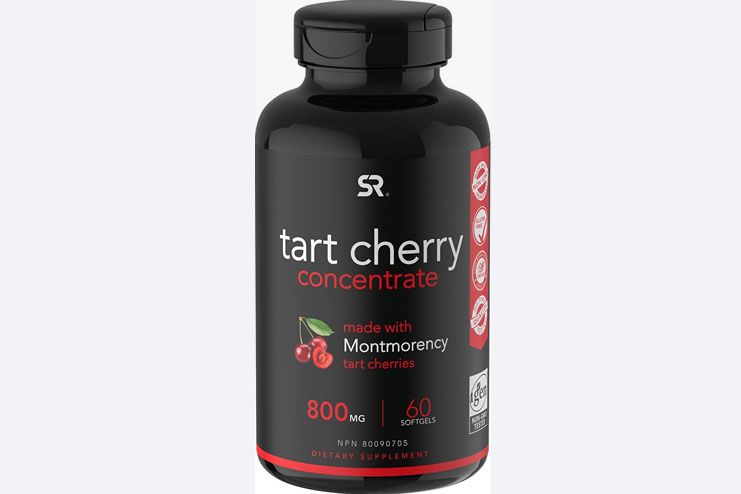
These chemicals are found in supplements like grape seed extract. Evidence showed that anthocyanins effects on NAFLD are protective.
4. Berberine:
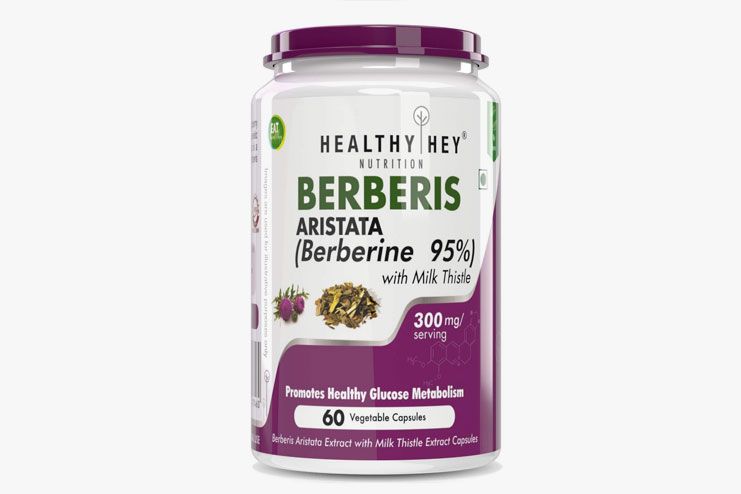
This chemical Berberin (BBR) is found in a variety of herbs like goldenseal. BBR shows promising effects in the treatment of NAFLD by influencing various metabolic activities in the body. The inhibition of mitochondrial β-oxidation (β-OX) by BBR participates in the pathogenesis of NAFLD. According toan analysis, berberine has positive efficacy on blood lipids, blood glucose, liver function, insulin resistance, and fatty liver condition. Although these effects are dose dependent.
5. Carnitine:
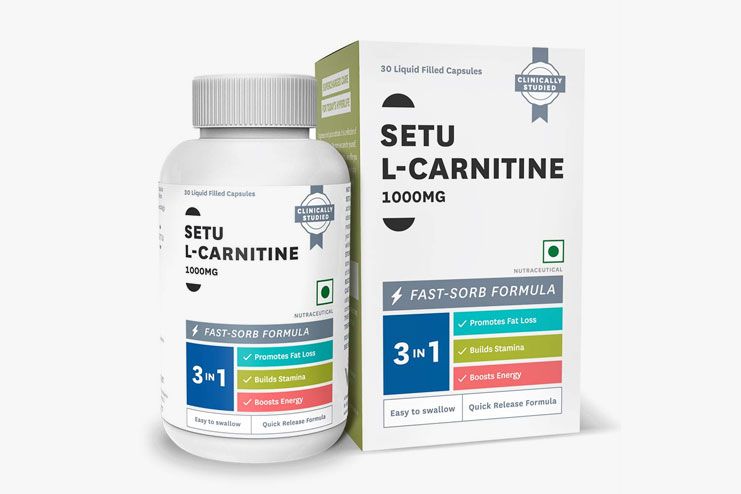
These are derived from amino acids which are the building blocks of life. Carnitine improves liver enzymes in people with NAFLD in around three months of use. Research shows tissue staining – decrease in lipid deposition in the liver via L-carnitine administration.
6. Vitamins:
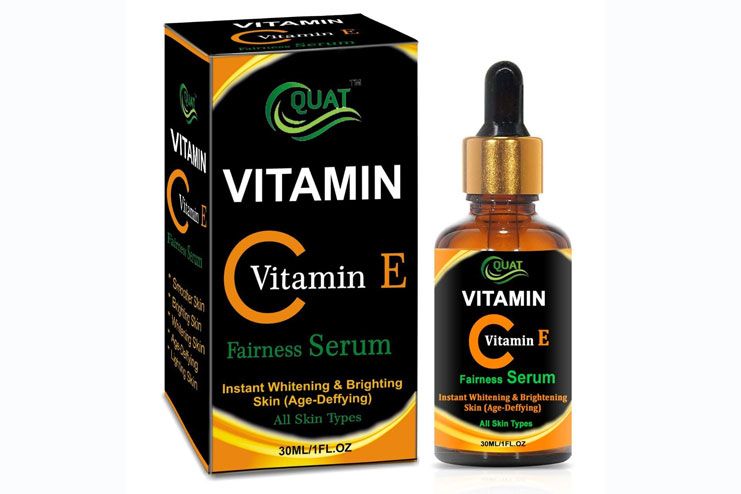
Vitamin E with vitamin C and a cholesterol-lowering medicine is good for reducing fatty liver.
What does a Fatty Liver Diet plan look like to reduce fatty liver?
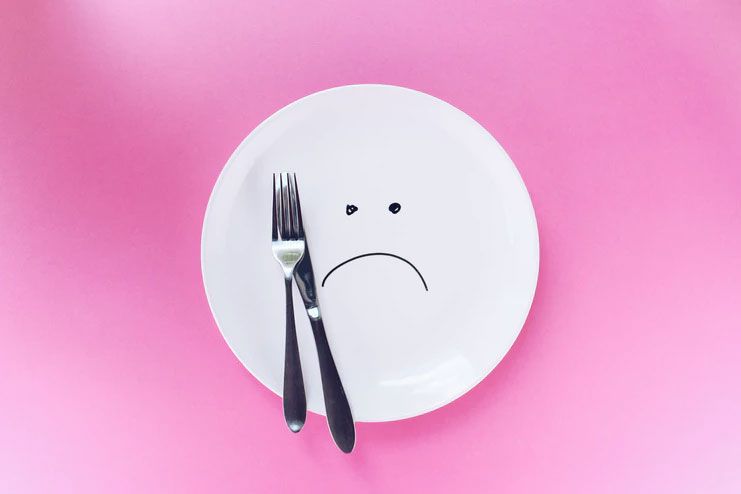 As said above a fatty liver diet plan should have lots of fruits and vegetables, high-fiber plants like legumes and whole grains and very little added sugar, salt, trans fat, refined carbohydrates, and saturated fat and no alcohol.
As said above a fatty liver diet plan should have lots of fruits and vegetables, high-fiber plants like legumes and whole grains and very little added sugar, salt, trans fat, refined carbohydrates, and saturated fat and no alcohol.
Coffee to lower abnormal liver enzymes, greens will prevent fat buildup in your body. So have broccoli, spinach, Brussels sprouts, and kale. For proteins tofu is good. It is low in fat and high in protein. Fatty fish can have anti-inflammatory effects that reduce fat levels. Salmon, sardines, tuna, and trout are great sources of omega-3 fatty acids which cuts down fatty liver.
Oatmeal is the best breakfast to have the energy to start your day. It has carbohydrates from whole grains and its fiber content also fills you up. Walnuts are generally good for your liver. Avocados are high in healthy fats, and research suggests they contain chemicals that slows down liver damage. Milk and other low-fat dairy also protect you from liver damage. Dairy is high in whey protein, which is good for the future of the liver. Have nuts- like sunflower seeds-these seeds are high in vitamin E. This will protect your liver from further damage.
Cook using olive oil for weight control. They have high in omega-3 fatty acids. Using herbs like garlic adds flavor to your food and garlic powder definitely reduces fatty liver disease. Along with some exercise, have green tea for less fat absorption. It can reduce fat storage in the liver and improve liver function. Green tea is beneficial in lowering cholesterol to aiding sleep.
Add-on Tips to reduce fatty liver easily?
- Reduce your high-calorie diet to avoid fatty liver disease. Lose excess weight. Get active.
- If you have NAFLD, keep in mind that not all diets and supplements are healthy for your liver.
- Try the Mediterranean diet.
- Drink coffee.
- Avoid foods with added sugars.
- Target high cholesterol.
- Try an omega-3 supplement.
Conclusion
Fatty liver is too much fat in your liver which causes liver inflammation. It can create scarring. In severe cases, this scarring can lead to liver failure. Fatty liver can develop with eating and drinking in excess and having a sedentary lifestyle. Fatty liver fortunately can be reversed if addressed at an early stage. If you follow a healthy diet, increase your physical activity and perhaps take supervised supplements- it can reduce excess liver fat and decrease the risk of its progression to more serious liver disease.
Recommended:
- Prolonged Exposure To Antioxidant Proteins Might Cause Fatty Liver Disease, New Study Suggests
- 12 Important Signs you have Toxic Liver
In this Article













